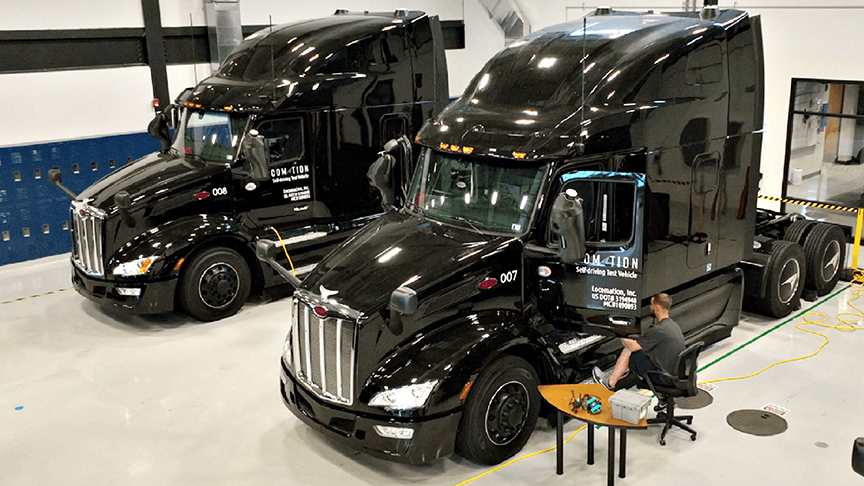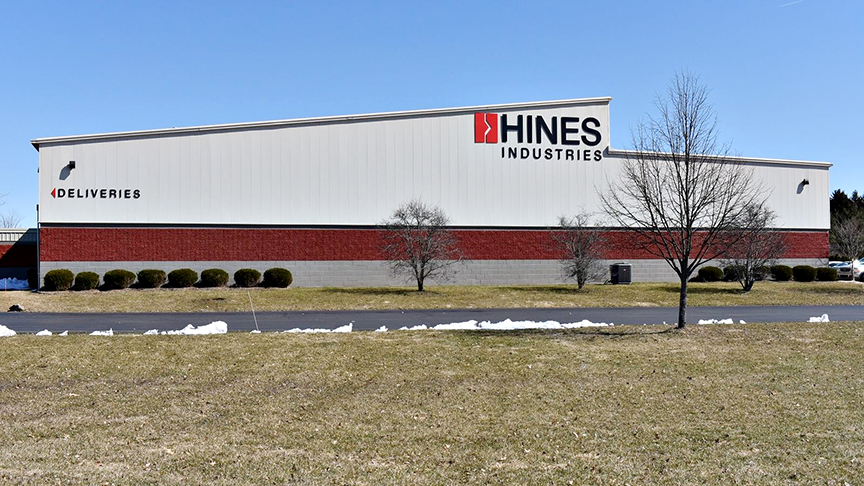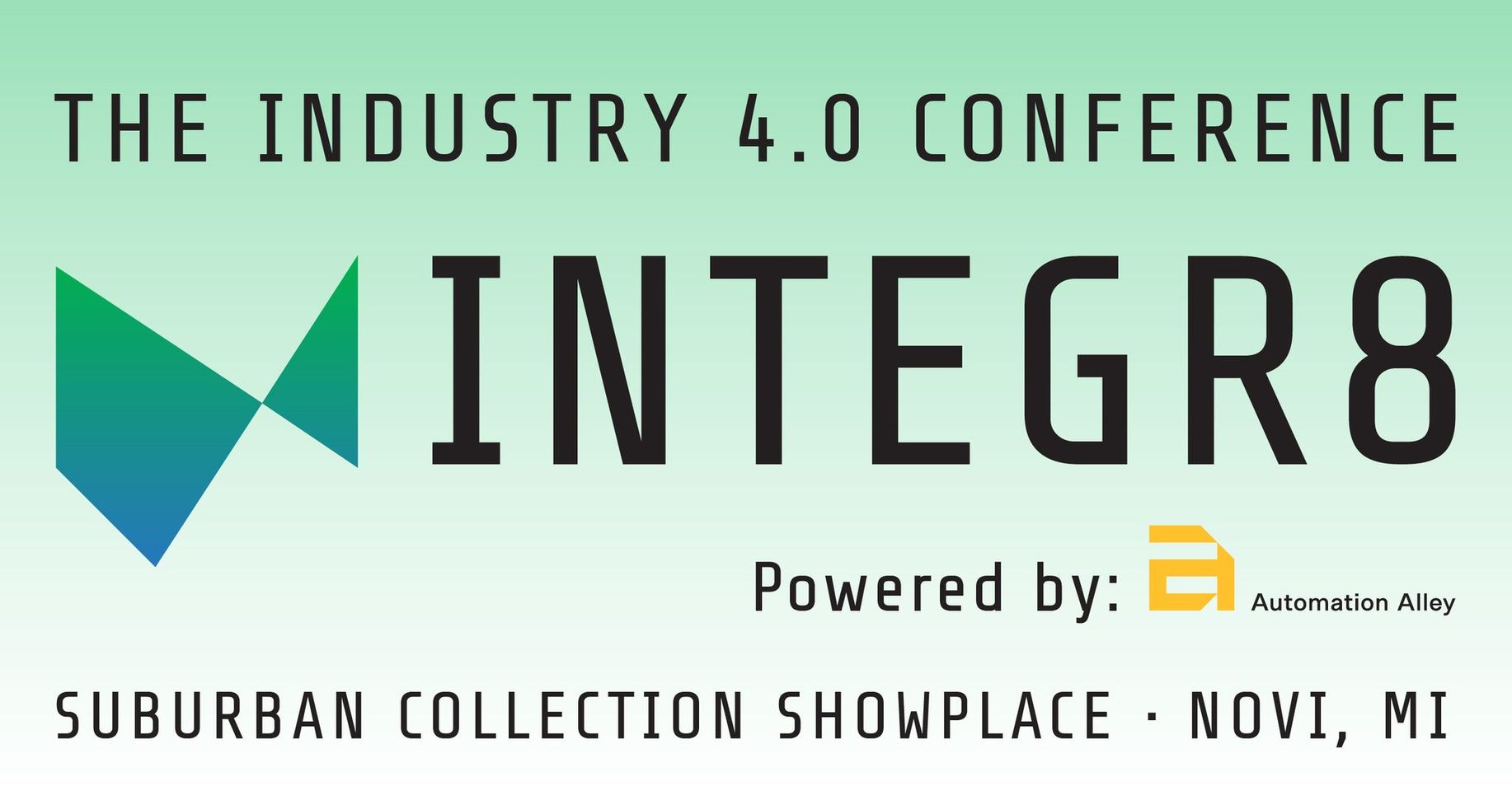 Data Analytics: The Key to Manufacturing Efficiency
Data Analytics: The Key to Manufacturing Efficiency
Big Data Article by Automation Alley
Data analytics enables manufacturers to not operate in the dark. Whether it is predicting maintenance, optimizing runtimes, or estimating supply chain disruptions, data analytics are crucial to the bottom line for small and large manufacturers. This overview provides examples of the types and implementations of data analytics in a modern Industry 4.0 operation.
In today's digital age, data is more valuable than physical currency. It serves as a portal of insight into business operations, enabling decision-makers with the information they need to navigate an increasingly-competitive landscape. The more you can get, the better, especially in the optimized manufacturing sector. This article explores the topic of data analytics, its role in manufacturing, and how organizations can use the technology to their benefit.
An Overview of Data Analytics In Manufacturing
Data analytics is the process of collecting, analyzing, and interpreting large data sets. It is used to uncover patterns and provide insights into complex problems, doing so at a pace and capacity that humans could not possibly match. The process involves a variety of techniques and tools, ranging from basic statistical analysis to advanced machine learning algorithms.
Data analytics can be applied to many different industries and fields, but is particularly valuable in manufacturing. As a complex industry, it relies heavily on the collection and analysis of data to make decisions and improve processes. The insight that can be gained from this data is essential for remaining competitive and keeping up with the latest industry trends.
Examples of data analytics in manufacturing include:
- Monitoring production line performance and output
- Tracking inventory levels and movements
- Analyzing customer preferences and trends
- Performing predictive maintenance on equipment
- Analyzing material costs and identifying potential savings.
Before this, manufacturers were unable to harness and make use of all of the information available to them. Their end-to-end production processes were operating, yet driven in a much more blind way. Insight into things like supply chain management, delivery, and customer usage relied largely on complex, expensive tools that could only collect so much information.
Data analytics opens the door to a whole new world of insight, where complex data sources can be combined and analyzed in seconds to provide actionable takeaways. More and more companies are choosing to invest in the technology as a means of staying competitive in Industry 4.0.
What Methods and Technologies are Used In Data Analytics?
Data analytics is an extremely broad discipline that touches upon all sorts of jobs, and uses just as many tools to do so. The technology behind it can vary depending on the context at hand, like whether it involves basic calculations or advanced machine learning algorithms.
Generally speaking, there are three main categories of data analytics: diagnostic, predictive, and prescriptive. Each of these focuses on different aspects of the data, and are used in combination to gain a complete understanding of what’s going on in a business' operations.
Diagnostic
Diagnostic analytics leverage historical data to make sense of what has happened in the past. It is primarily used to identify correlations and patterns in order to gain insight into the current state of a business.
Examples include:
• Determining the most profitable product lines
• Identifying customer preferences by analyzing survey responses
• Analyzing past production line performance to improve efficiency
Predictive
Predictive analytics use data from the present to identify trends and make future-oriented predictions.
The discipline leverages a number of technologies to yield results, generally following the process below.
Data Capture
This is the first step in data analysis. It involves gathering and organizing all relevant data from different sources, such as internal databases or external APIs.
Data Cleaning
Once the data is gathered, it must be cleaned and prepared for analysis. This step requires identifying any errors or outliers in the data and removing them.
Modeling
Modeling refers to the process of building models that represent given data. It can involve applying different algorithms or techniques such as regression, clustering or neural networks to uncover correlations and patterns.
Analysis
This step involves using the models built in the previous steps to identify trends and draw conclusions from them. The results can be drawn upon to inform decisions or strategies.
Common applications of predictive data analytics in manufacturing include forecasting demand and predicting equipment failure.
Prescriptive
Considered to be the most advanced form of data analytics, prescriptive analytics go a step further than predictive analytics by recommending specific courses of action based on data. It combines machine learning algorithms and optimization solutions to suggest the best action to be taken. Analysis power can extend to incredibly complex problems involving tens of millions of constraints and variables, allowing organizations to make calls they wouldn't have been able to through manual means.
Common applications of prescriptive data analytics in manufacturing include:
- Determining optimal locations for product sourcing
- Calculating efficient inbound logistics routes
- Finding the optimum quantity of goods to procure
- Projecting KPI values for various scenarios
- Simulating cash flows for various scenarios
How Data Analytics Can Supercharge Manufacturers' Success
As Industry 4.0 progresses further, manufacturers are increasingly on the hunt for ways to gain an upper edge over their competition. Everyone's getting more efficient. Surviving, or better yet, taking the lead, requires next level tools. This is where data analytics' potential really shines. It enables manufacturers to streamline their operations in ways not thought possible 20 or even 10 years ago.
Among other things, data analytics in manufacturing can...
Accurately Project Demand
Data analytics gives manufacturers the ability to accurately project future demand, enabling them to better meet customer needs and avoid overstocking or understocking.
Enhance Production
Data analytics allows manufacturers to identify correlations between production performance and other factors such as labor or supply chain. Manufacturers can use this information to make adjustments to their processes and strategies, leading to a significant performance boost.
Reduce Costs
By using data analytics to identify inefficiencies and bottlenecks, manufacturers can reduce operational costs. For example, they might use historical data to identify areas where they can lower their costs by using more efficient materials or processes.
There's no doubt about the fact that data analytics is a game-changer for manufacturers. The technology has made it possible to make decisions in a matter of seconds that would otherwise take days or weeks, while also drastically improving accuracy. As Industry 4.0 continues to evolve and data analytics technology continues to advance, we can expect to see even greater applications of the power of this technology in the manufacturing industry.
Sign up today for a free Essential Membership to Automation Alley to keep your finger on the pulse of digital transformation in Michigan and beyond.
About Automation Alley
Automation Alley is a nonprofit Industry 4.0 knowledge center and home to the World Economic Forum's US Center for Advanced Manufacturing. With a global outlook and a regional focus, we facilitate public-private partnerships by connecting industry, education and government to fuel Michigan's economy and accelerate innovation. Our programs give businesses a competitive advantage by helping them along every step of their digital transformation journey. We obsess over disruptive technologies like AI, the Internet of Things and automation, and work hard to make these complex concepts easier for companies to understand and implement. Visit automationalley.com.
|
||||
|
||||
|
||||
|

INTEGR8: The Industry 4.0 Conference
May 9, 2023 -- 8 a.m. - 5 p.m.
Suburban Collection Showplace
46100 Grand River Ave., Novi, MI, 48374
| REGISTER NOW |
Photos as shared and provided by Automation Alley,
























